Related Research Articles

Wimbledon Stadium, also known as Wimbledon Greyhound Stadium, was a greyhound racing track located in Wimbledon in southwest London, England.
Ramsgate Stadium was a greyhound racing stadium also known as Dumpton Park Stadium in Ramsgate.

Wembley Greyhounds was the greyhound racing operation held at Wembley Stadium in London.
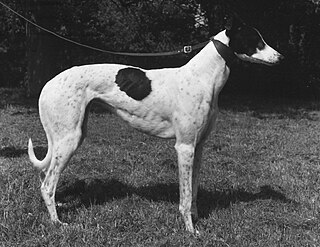
Westpark Mustard was a white and black racing greyhound in the 1970s. By Newdown Heather out of April Merry, she broke the British and European record of 19 consecutive victories held by Mick the Miller, when recording a 20th consecutive win on 28 October 1974.
The 1964 UK & Ireland Greyhound Racing Year was the 38th year of greyhound racing in the United Kingdom and Ireland.
The 1966 UK & Ireland Greyhound Racing Year was the 40th year of greyhound racing in the United Kingdom and Ireland.
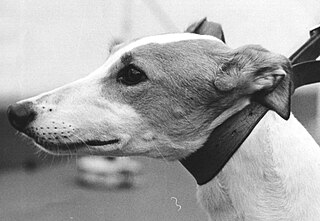
The 1968 UK & Ireland Greyhound Racing Year was the 42nd year of greyhound racing in the United Kingdom and Ireland.
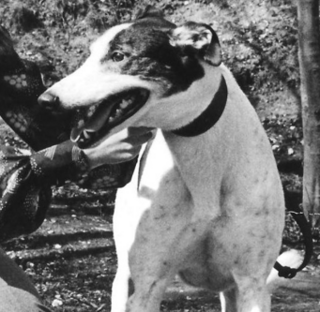
The 1970 UK & Ireland Greyhound Racing Year was the 44th year of greyhound racing in the United Kingdom and Ireland.

The 1971 UK & Ireland Greyhound Racing Year was the 45th year of greyhound racing in the United Kingdom and Ireland.
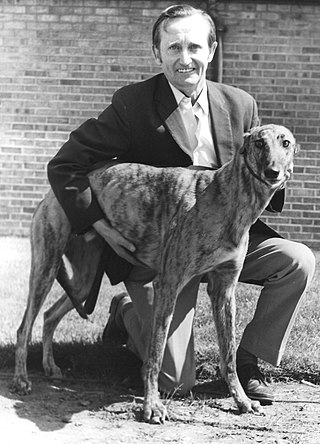
The 1972 UK & Ireland Greyhound Racing Year was the 46th year of greyhound racing in the United Kingdom and Ireland.
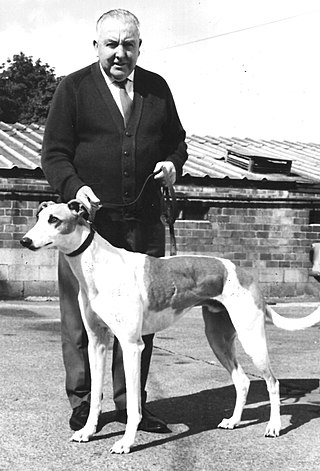
The 1973 UK & Ireland Greyhound Racing Year was the 47th year of greyhound racing in the United Kingdom and Ireland.
The 1975 UK & Ireland Greyhound Racing Year was the 49th year of greyhound racing in the United Kingdom and Ireland.

The 1976 UK & Ireland Greyhound Racing Year was the 50th year of greyhound racing in the United Kingdom and Ireland.
The 1977 UK & Ireland Greyhound Racing Year was the 51st year of greyhound racing in the United Kingdom and Ireland.
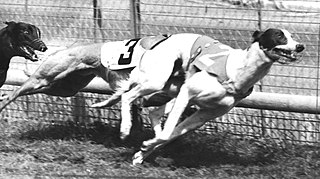
The 1978 UK & Ireland Greyhound Racing Year was the 52nd year of greyhound racing in the United Kingdom and Ireland.
The 1981 UK & Ireland Greyhound Racing Year was the 55th year of greyhound racing in the United Kingdom and Ireland.
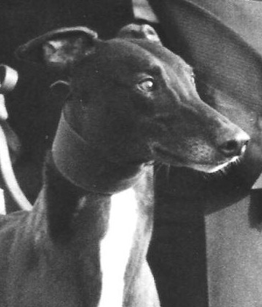
The 1982 UK & Ireland Greyhound Racing Year was the 56th year of greyhound racing in the United Kingdom and Ireland.
The 1985 UK & Ireland Greyhound Racing Year was the 59th year of greyhound racing in the United Kingdom and Ireland.

The 1986 UK & Ireland Greyhound Racing Year was the 60th year of greyhound racing in the United Kingdom and Ireland.
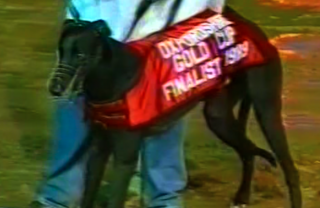
The 1989 UK & Ireland Greyhound Racing Year was the 63rd year of greyhound racing in the United Kingdom and Ireland.
References
- ↑ Fry, Paul (1995). The Official NGRC Greyhound Racing Yearbook. Ringpress Books. ISBN 186054-010-4.
- ↑ Dack, Barrie (1990). Greyhound Derby, the first 60 years, pages 147/148/149/150/151. Ringpress Books. ISBN 0-948955-36-8.
- ↑ "1974". Greyhound Data.
- 1 2 Comyn, John. 50 Years of Greyhound Racing in Ireland. Aherlow Publishers Ltd.
- ↑ Fortune, Michael. Irish Greyhound Derby 1932-1981. Victory Irish Promotions Ltd.
- ↑ Hobbs, Jonathan (2007). Greyhound Annual 2008, pages 153-154. Raceform. ISBN 978-1-905153-53-4.
- 1 2 3 4 Genders, Roy (1975). The Greyhound and Racing Greyhound, page 320. Page Brothers (Norwich). ISBN 0-85020-0474.
- ↑ "Remember When - February 1972". Greyhound Star. 2018.
- ↑ "Hall of Fame". British Greyhound Racing Board.
- ↑ "Mick The Miller Stakes". Mick The Miller.com.
- ↑ NGRC calendar. National Greyhound Racing Club. January 1975.
- ↑ "Gleeson, Adrienne. "GRA Property shares suspended." Times, 24 Oct. 1975, p. 23". Times Digital Archives.[ permanent dead link ]
- 1 2 3 Barnes, Julia (1988). Daily Mirror Greyhound Fact File. Ringpress Books. ISBN 0-948955-15-5.
- ↑ "Remember When - June 1974". Greyhound Star. 24 June 2018.
- ↑ Barnes, Julia (1988). Daily Mirror Greyhound Fact File. Ringpress Books. pp. 66–67. ISBN 0-948955-15-5.
- 1 2 3 4 5 6 Genders, Roy (1990). NGRC book of Greyhound Racing. Pelham Books Ltd. ISBN 0-7207-1804-X.
- 1 2 3 4 Genders, Roy (1981). The Encyclopedia of Greyhound Racing. Pelham Books Ltd. ISBN 07207-1106-1.
- ↑ "Greyhound Star (Remember When - January 1974)". Greyhound Star. 26 January 2019.
- ↑ "Remember When - August 1974". Greyhound Star. 2018.
- ↑ "Monthly Greyhound Star (Remember When) September edition". Greyhound Star. 2012.
- ↑ Particulars of Licensed tracks, table 1 Licensed Dog Racecourses. Licensing Authorities. 1974.